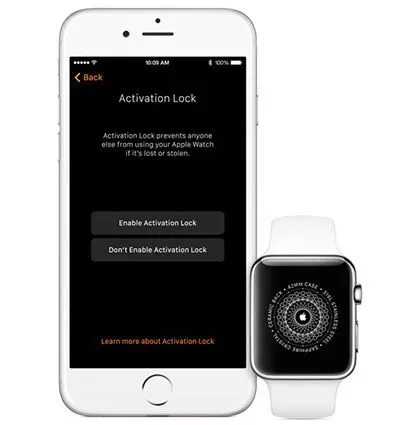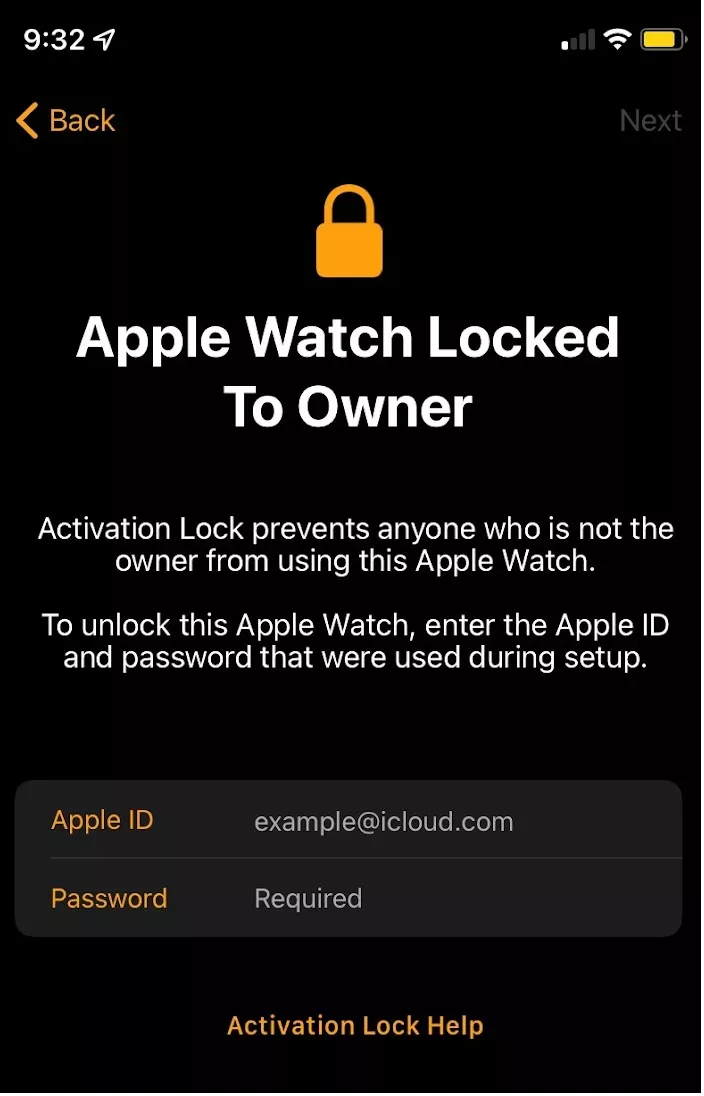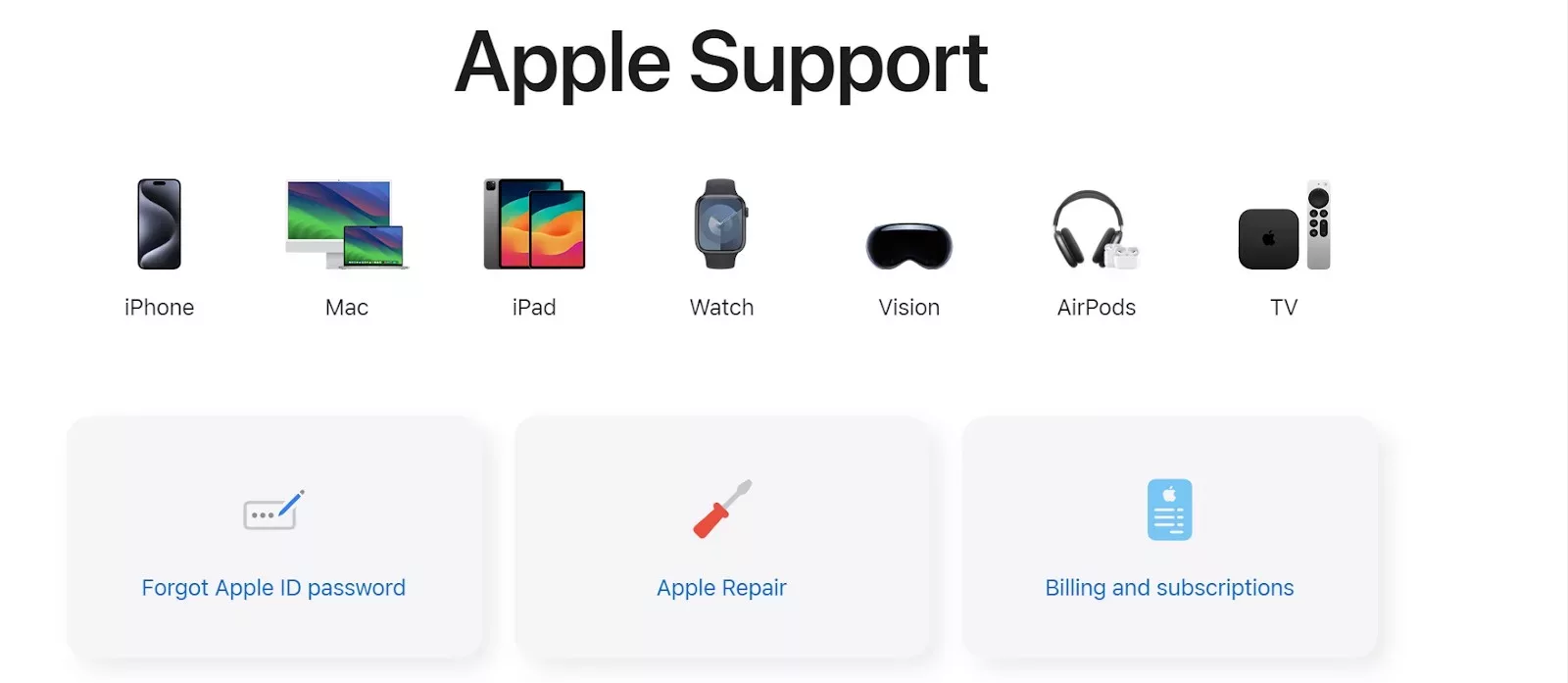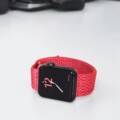
The Apple Watch Activation Lock serves as a crucial security feature designed to deter theft by linking a watch to an Apple ID, ensuring only the rightful owner can access and use it.
Despite its effectiveness in preventing unauthorized use, the feature can lead to complications when buying a used watch or forgetting the linked Apple ID credentials. This situation often sparks discussions around the bypass limitations associated with the Activation Lock.
While some explore potential methods like iOS jailbreaking to circumvent the lock, these techniques can be complex and fraught with risks, including voiding warranties and potential device instability.
Apple’s Stance on Activation Lock Bypass
Apple’s position is clear: the Activation Lock is primarily designed to deter theft and protect your personal data. Due to their security focus, Apple will generally only assist with bypassing the lock if you can provide legitimate proof of ownership.
It’s important to approach Apple directly in these situations, as they often discourage third-party bypass solutions, which might lead to risks and potentially void your warranty considerations. By ensuring you handle this process through official channels, you maintain the security of your device and uphold the conditions of your warranty.
What is Activation Lock and Why Does It Matter?
Activation Lock is a powerful feature integrated into your Apple Watch and iPhone, designed to protect your device and deter theft. Activating Find My iPhone automatically enables Activation Lock, which associates your device with your Apple ID.
This feature ensures that your device remains inaccessible to others if lost or stolen by requiring your Apple ID password to disable Find My iPhone, and erase or reactivate the device.
The presence of Activation Lock significantly enhances device protection and serves as a crucial theft prevention tool, ensuring that your personal information remains secure and that losing your device doesn’t mean losing control over its use.
When Bypassing Activation Lock Might Be Necessary
There are a few legitimate reasons where bypassing this feature might be necessary. For instance, if you’ve purchased a used Apple Watch from a previous owner who didn’t remove their account, you’ll need to bypass the lock to set up the device under your Apple ID.

Similarly, receiving an Apple Watch as a gift only to discover it’s still linked to the previous owner’s account can pose a challenge, necessitating bypassing the lock.
Forgotten credentials can lock you out of your device, especially if you can’t recall the Apple ID used during the initial setup. Each scenario requires a careful and legitimate approach to ensure that your Apple Watch is functional and secure under your ownership.
The Challenges and Limitations of Bypassing Activation Lock
Bypassing the Activation Lock on an Apple Watch is no small feat. The bypass challenges are formidable, as Apple’s security protocols are designed to be thorough, safeguarding devices against unauthorized access.
This is essential for safeguarding personal information, particularly when devices are lost or stolen. However, trying to circumvent these measures introduces significant security risks.
Using unauthorized methods to bypass the lock can leave the device vulnerable, risking exposure of personal data. Additionally, these unreliable methods often fail to work consistently, if at all.
Is Jailbreaking a Solution?
One of the common misconceptions when discussing the Activation Lock on Apple devices is that jailbreaking can provide a workaround. It’s important to clear up this confusion and understand the real implications of jailbreaking, especially in terms of security limitations.
Jailbreaking involves bypassing the software limitations set by iOS. This allows users to install apps and utilize features not officially sanctioned by Apple.
However, it’s crucial to recognize that jailbreaking does not affect the Activation Lock. This security feature is deeply integrated into Apple’s ecosystem to prevent unauthorized use of a device, particularly if it’s lost or stolen.
Activation Lock works by linking your Apple device to your iCloud account, effectively restricting entry to those lacking your Apple ID and password. Despite some potential methods (use with caution) that claim to bypass this lock, they often fall short and could expose your device to significant risks, including security vulnerabilities and instability.
Potential Methods (Use with Caution)
When dealing with an Apple Watch that is locked under Activation Lock, there are a few methods you might consider to regain access.
1. Using iCloud
If you’re in possession of the Apple Watch’s original owner’s iCloud credentials, this method can be straightforward. By entering these credentials, you can carry out iCloud removal directly from the device or through the iCloud website.
It’s crucial to remember that utilizing another person’s iCloud credentials without explicit consent is unethical and against the law. Ensure you have rightful access or have obtained these details directly from the previous owner with their consent.
2. Contacting the Previous Owner
Reaching out to the previous owner’s contact is often the safest and most legitimate way to disable Activation Lock. If you’ve purchased or inherited the device from someone else, contacting the previous owner to ask them to remotely remove the Activation Lock can solve the problem effectively.
The success of this method is largely contingent upon the previous owner’s cooperation and their willingness to help. It’s also a good practice to ensure all transactions involving used devices are accompanied by proper documentation to facilitate this process if needed.
3. Third-Party Services
While various online services and local shops claim to bypass Activation Lock, using such services should be approached with extreme caution due to third-party risks. Many of these services may not only be unreliable but could potentially involve unethical or illegal activities, including fraud.
There’s the added risk of compromising your personal information or that of the device’s previous owner. It’s recommended to conduct thorough research and validate the trustworthiness of any third-party service before considering this option.
The Importance of Contacting Apple Support

When dealing with the frustrating scenario of an Apple Watch stuck on Activation Lock, reaching out to Apple Support should be your first move. This official channel provides legitimate assistance and guides you in the confirmation process to show your proof of ownership.
If you have documents showing that you’re the rightful owner, Apple Support can help unlock your device efficiently and securely. Their support ensures that the resolution of your issue adheres to Apple’s safety and security standards, safeguarding your personal information and device integrity.








